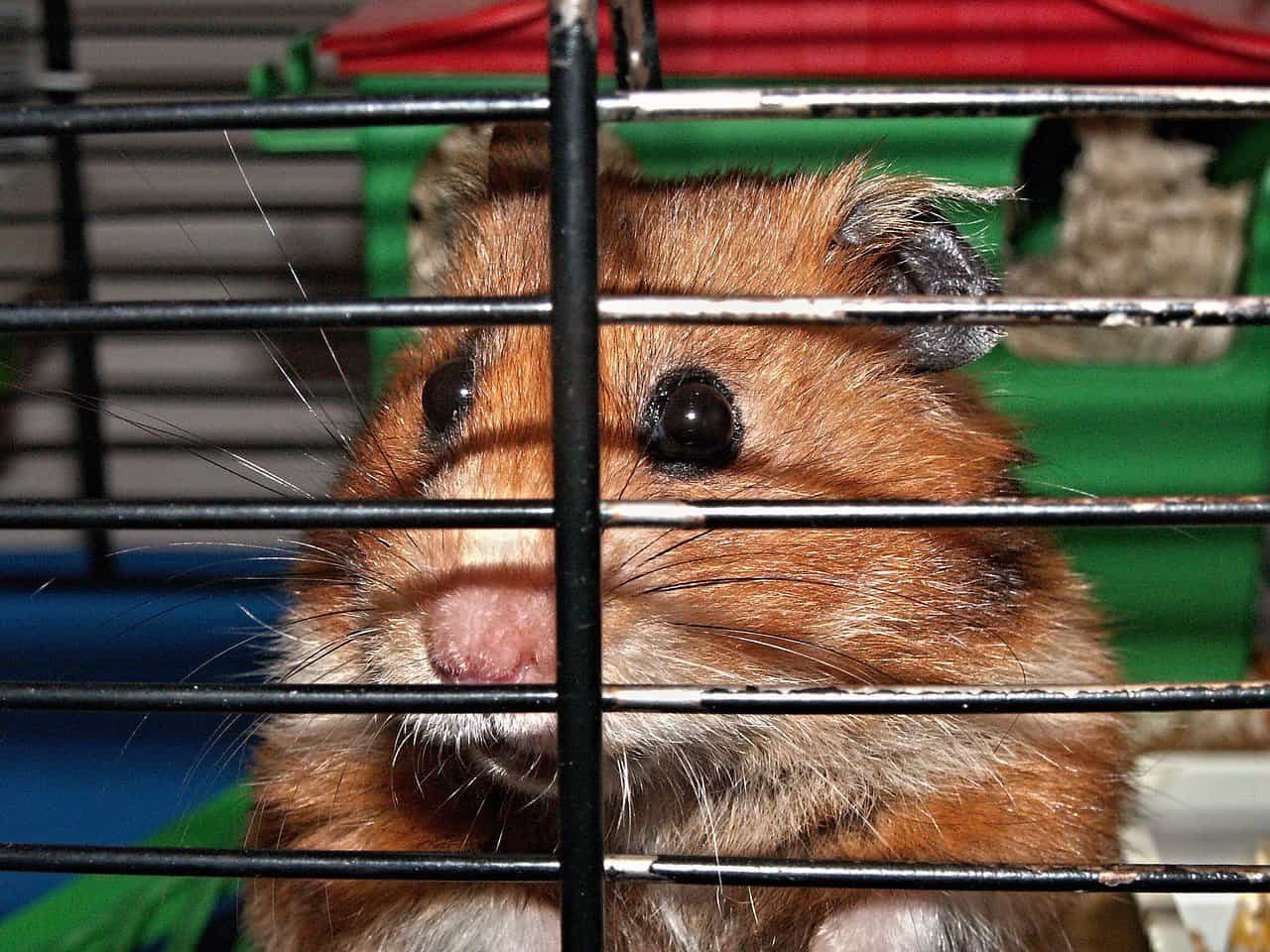Like reading the last page of a novel first, the idea of an inevitable united Ireland is like suggesting that if you know how the books ends why have a plot? This may explain why, twenty five years on, an outline pitch for Irish unity has yet to be proposed.
The inevitability myth is a consistent marker for an Irish brand of having your cake and eat it style populism. All the drama with fraction of the effort it would take to write the scale of novel needed to undo one hundred years of habit forming partition.
Far from the three-ringed circus where Twitter (now X) leads a dwindling staff in print and broadcast media to feed its voracious demand to keep audiences in plentiful supply of shock and awe, the numbers in academic research tell the real story.
Put simply and bluntly, there are no more new Catholics left in the population pipeline to feed the distinctly popular (but explicitly sectarian) axiomatic assumption that unity is inevitable because, in that well worn phrase, demography is destiny.
In ‘Seismic’ or stalemate? The (bio)politics of the 2021 Northern Ireland Census, three Irish academics have a poke under the bonnet (or ‘hood’ for our US readers) of that demographic engine and discover it is stalled in permanent stalemate.
In spite of some odd pre census claims (that still persist in some quarters) that Catholics would end up in a majority, Catholics now do make up the largest religious minority (40.8%) in Northern Ireland. Psychologically, this is an important moment.
But, as the paper points out, this modest rise (+1.5%, as opposed to just +0.8% in 2011) in the Catholic population comes at a time when the birth rate is falling and the supply of foreign born Catholic migrants has significantly slowed.
As a result:
Rather than being on the verge of a radical change of direction, Northern Ireland will most likely remain on the same course it has been following for quite some time now. The immediate future of the region, in other words, will, in all probability, be marked not by ‘seismic’ constitutional change but rather by a continuation of the cultural and political stalemate that has been the hallmark of the quarter century since the advent of the Good Friday Agreement.
The paper notes a marked decline in Catholic numbers of 22% between those at nine years (12,344) and those yet to reach their first birthday (9,657). So while 48.4% of children aged nine hail are Catholic it drops to 45.5% of those under twelve months.
The key question authors pose is this: against a backdrop of falling birth rates and declining migration from the Baltic states, how is it that the Catholic population has grown at a faster rate than before?
In divided societies, the census is seen as a political event. In April 1981 when the Provisionals were so anti Census (presumably because the gap would have been so cavernous) they shot a census worker dead. Catholics were ‘encouraged’ not to participate.
Since the 1991 census this artificially induced distortion has slowly been unwinding. As recently as 2011 there were 122,252 Northern Irish residents, 6.8% of the population, who declined to state religious affiliation. In 2021, it was just 30,529.
The authors attribute this to the political context in the run up to the census in 2021: ie, the post Brexit chaos and nationalist emphasis on tying a border poll to religious identity. Incentives reversed, the Catholic growth rate almost doubled.
This matters, why? Because this is not growth so much as re-designation of people who were already in the system (some of them for decades) but did not state their religion: ie, previous years growth that has finally been captured in the data.
As the report notes:
…it is entirely possible that the latest Census will signal the demographic high-water mark of a Catholic community now moving into a plateau likely to prove a prelude to gradual decline. Indeed, the fall in the number of Catholic children attending primary school in Northern Ireland that has occurred since 2018 would suggest that process is already under way.
Over the next few days, I’ll lay out a second analysis of a second dynamic which may go some way to explain why the combined performance of Irish nationalism in Northern Ireland has been stuck on or near 40% for much of the last 25 years.
The art of free society consists first in the maintenance of the symbolic code; and secondly in fearlessness of revision, to secure that the code serves those purposes which satisfy an enlightened reason.
-Alfred North Whitehead
Mick is founding editor of Slugger. He has written papers on the impacts of the Internet on politics and the wider media and is a regular guest and speaking events across Ireland, the UK and Europe. Twitter: @MickFealty
Discover more from Slugger O'Toole
Subscribe to get the latest posts to your email.
